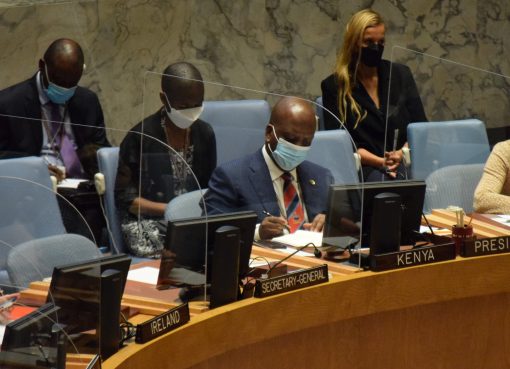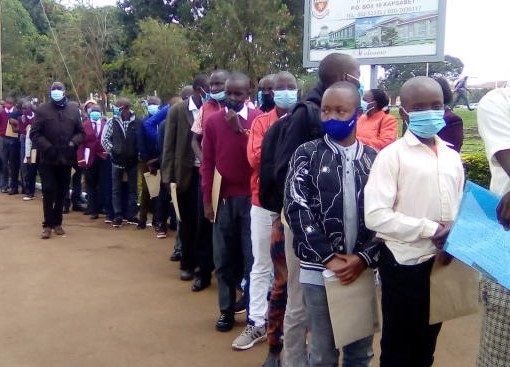Twenty patients are receiving treatment for bilharzia (schistomiasis) in Kisumu following a surge in the number of cases in the area.
Kisumu County Executive Committee Member (CECM) in charge of Medical Services, Public Health and Sanitation Dr. Gregory Ganda said the cases were confirmed at Singida and Ogenya beaches in Nyando Sub-County after complaints from members of the public.
“There were community members found with complaints of passing blood in urine, blood in stool, distended abdomen, generalized weakness of the body and discomfort during passage of urine,” he said.
Dr. Ganda said samples were taken from affected individuals for analysis, where laboratory findings confirmed bilharzia.
Twenty people, he said, have commenced treatment adding that active case search for those who meet the case definition was currently underway.
“Community health workers have been notified to begin a door to door visit of households in search of members who could be having similar health conditions so that they can get investigated and treated,” he said.
The county government, he said has stocked adequate medication for schistosomiasis to handle any additional cases that may be reported.
The county executive asked members of the public who live along the shores of Lake Victoria and flood prone areas who present symptoms of the disease to seek medical assistance at the nearest health facilities.
As a long-term measure to tame the parasitic disease, Dr. Ganda disclosed that the Ministry of Health in collaboration with County Department of Health will conduct Mass Drug Administration for bilharzia this year if results from a recent survey indicate a high disease burden.
“The survey carried out in November 2022, whose results have not been finalized, took samples from across the county for analysis so as to find out the level of the disease burden. We shall inform the public when the results are finalized,” he said.
According to WHO guidelines, in the event the testing results shows more than 10 per cent of the population have the disease, then everyone in the area must be given drugs, but if it is less than 10 per cent, then the drug will be administered only to those with symptoms.
Bilharzia is one of the neglected tropical diseases found in Western Kenya. The major source of infection is Lake Victoria, but there is evidence of inland transmission especially in the informal settlements.
The worms causing the disease are ingested when people consume infected water and food, inappropriate hygiene, eating under-cooked meat and get into contact with germ infected surfaces.
By Chris Mahandara





